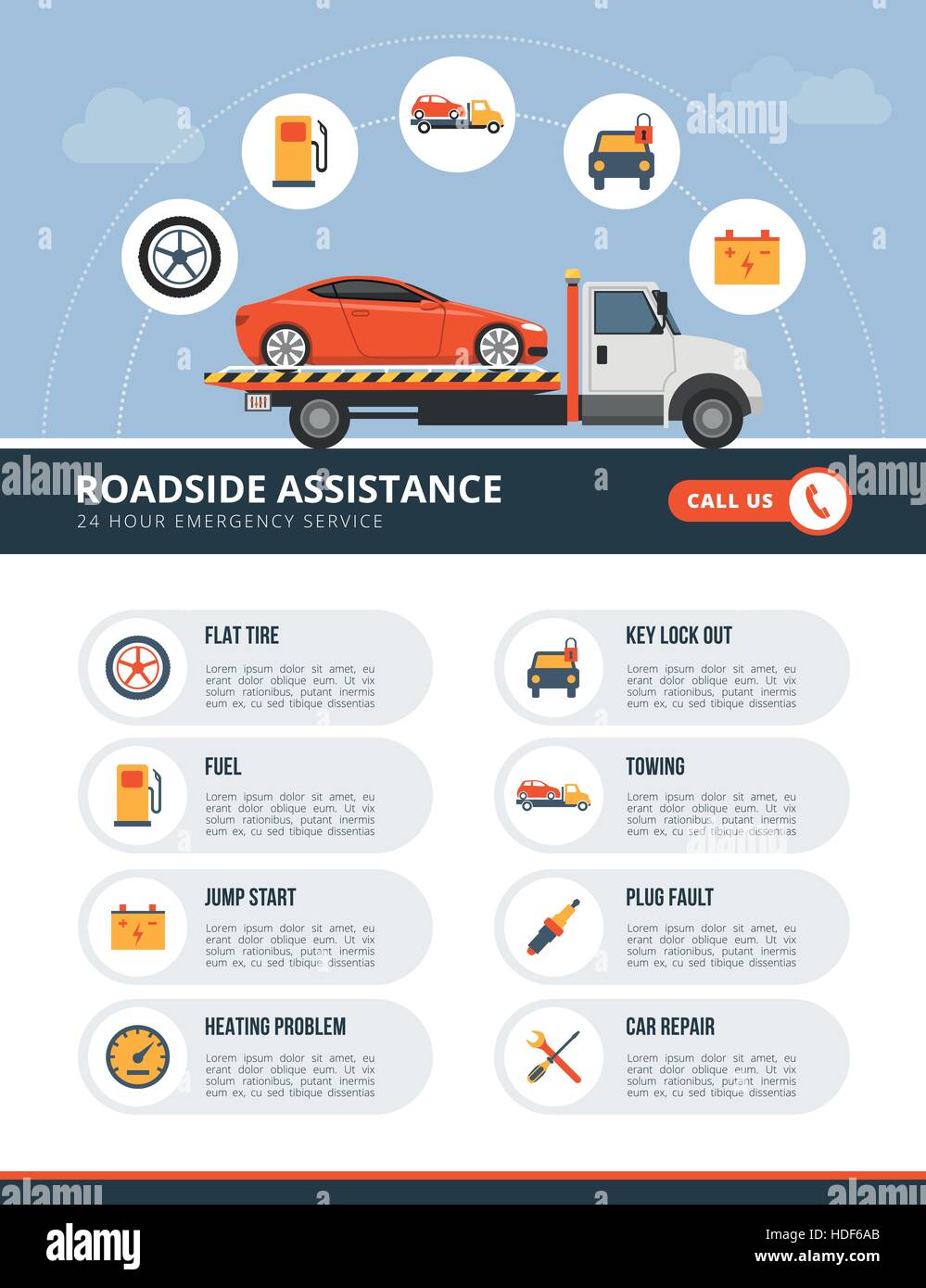Comprehending The Significance Behind Your Automobile'S Caution Lighting: An In-Depth Appearance
Comprehending The Significance Behind Your Automobile'S Caution Lighting: An In-Depth Appearance
Blog Article
Written By-Faulkner Gilbert
When you're behind the wheel, those radiant warning lights on your dashboard can be a bit perplexing. Do you know what they're trying to inform you regarding your car's wellness? Comprehending the significance of these lights is crucial for your security and the long life of your car. So, the next time one of those lights turns up, wouldn't you intend to decipher its message precisely and take the needed actions to resolve it?
Common Warning Lights and Interpretations
Identify typical warning lights in your vehicle and understand their meanings to make sure safe driving.
The most normal warning lights consist of the check engine light, which signals problems with the engine or emissions system. If this light begins, it's essential to have your vehicle inspected quickly.
The oil stress warning light shows low oil pressure, requiring prompt focus to stop engine damages.
A flashing battery light might recommend a malfunctioning charging system, potentially leaving you stranded if not dealt with.
The tire pressure surveillance system (TPMS) light informs you to reduced tire stress, influencing vehicle stability and fuel effectiveness. Disregarding this might cause unsafe driving conditions.
https://www.repairerdrivennews.com/2021/08/13/bmw-begins-new-repair-parts-restriction-program/ shows an issue with the anti-lock stopping system, jeopardizing your capacity to stop swiftly in emergency situations.
Last but not least, the coolant temperature advising light warns of engine overheating, which can lead to extreme damages if not fixed promptly.
Understanding these typical caution lights will assist you address issues immediately and maintain safe driving conditions.
Value of Prompt Attention
Comprehending the common warning lights in your cars and truck is just the initial step; the value of promptly dealing with these cautions can not be stressed sufficient to ensure your safety when traveling.
When a caution light brightens on your control panel, it's your car's means of communicating a possible problem that requires interest. Ignoring these warnings can bring about a lot more serious issues down the road, endangering your safety and possibly costing you much more in repairs.
Prompt interest to alerting lights can protect against failures and crashes. As an example, a blinking check engine light can show a misfire that, if left unattended, could create damages to the catalytic converter. Resolving this quickly can save you from a pricey repair.
Similarly, a brake system alerting light might signify reduced brake liquid or used brake pads, essential parts for your safety and security when driving.
Do It Yourself Troubleshooting Tips
If you observe a warning light on your control panel, there are a few do it yourself repairing pointers you can try before looking for professional assistance.
The first step is to consult your car's guidebook to recognize what the details caution light shows. Occasionally the issue can be as straightforward as a loose gas cap causing the check engine light. Tightening up the gas cap may fix the issue.
An additional common problem is a reduced battery, which can cause various advising lights. Inspecting the battery connections for corrosion and ensuring they're protected may fix the issue.
If a caution light persists, you can try resetting it by separating the cars and truck's battery for a couple of mins and afterwards reconnecting it. Additionally, checking your lorry's liquid degrees, such as oil, coolant, and brake liquid, can assist troubleshoot warning lights related to these systems.
Conclusion
Finally, recognizing your cars and truck's warning lights is important for keeping your vehicle running efficiently and safely. By promptly attending to these alerts and understanding what they mean, you can prevent expensive fixings and prospective malfunctions.
Bear in mind to consult your vehicle's manual for specific information on each alerting light and do something about it as necessary to guarantee a hassle-free driving experience.
Stay educated, remain Recommended Looking at when traveling!
